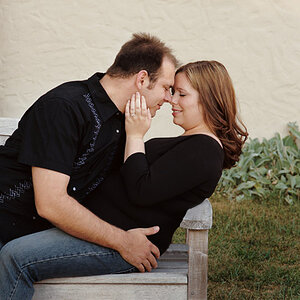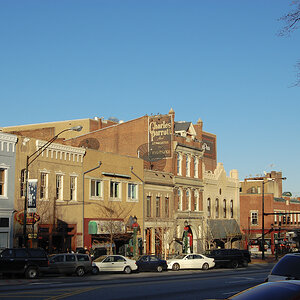Bedo
TPF Noob!
- Joined
- Apr 24, 2012
- Messages
- 39
- Reaction score
- 0
- Location
- Italy
- Can others edit my Photos
- Photos OK to edit
Hi all,
I'm new to this forum :mrgreen:
I would like to buy a new (my first!) DSLR. I decided for a Nikon. So I searched a lot of information about D5100 and D90. The first one looks a bit "too entry level" for me, while the D90 is quite old (but still valid). I decided that maybe it would be a good idea to spend a bit more and get a D7000 (2010-2011 as release year, right?).
I've just seen that Nikon released the new D3200 (24 MP). So I have some questions:
I'm new to this forum :mrgreen:
I would like to buy a new (my first!) DSLR. I decided for a Nikon. So I searched a lot of information about D5100 and D90. The first one looks a bit "too entry level" for me, while the D90 is quite old (but still valid). I decided that maybe it would be a good idea to spend a bit more and get a D7000 (2010-2011 as release year, right?).
I've just seen that Nikon released the new D3200 (24 MP). So I have some questions:
- Should I wait because a new model is coming out to replace the D7000?
- I'm from Europe and I've found the D7000 at 1200 with a 18-105mm VR lens (which is a 27-155mm right?). Is this a good price? And: is this a good "starting" lens? I've read that its maximum aperture is f/3.5-5.6. Can I use it to obtain a nice background lens blur effect (depth of field)? Do you suggest any different starting-versatile lens?
Any answer to these questions/opinion/suggestion is really appreciated. 
Thank you
Thank you


![[No title]](/data/xfmg/thumbnail/41/41935-851da2b46dc9cbb829c8c42b2aa84873.jpg?1619739947)
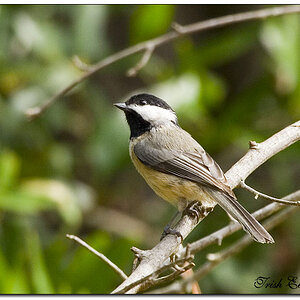
![[No title]](/data/xfmg/thumbnail/37/37603-739c5d9b541a083a12f2f30e45ca2b7b.jpg?1619738147)

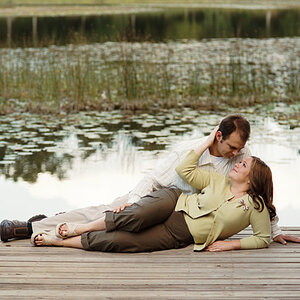
![[No title]](/data/xfmg/thumbnail/42/42397-30faa170de7ed9be38adf00b9b26a220.jpg?1619740167)
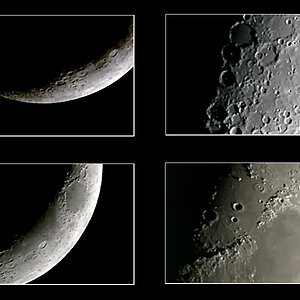
![[No title]](/data/xfmg/thumbnail/36/36674-2a99a33f8b4e9e3d34b08a4ec08fbde8.jpg?1619737676)

